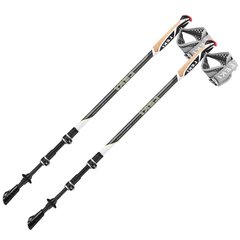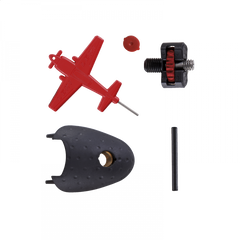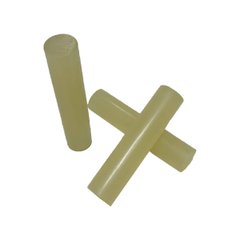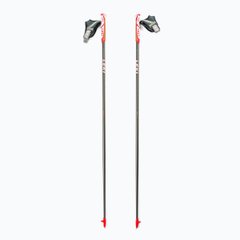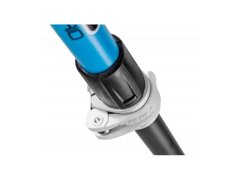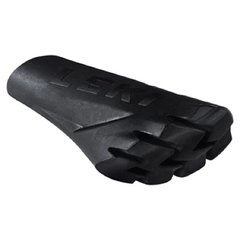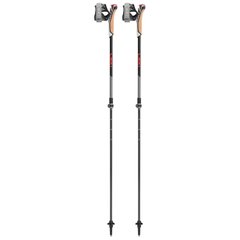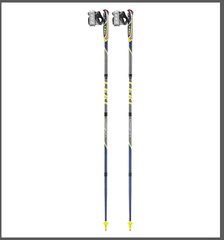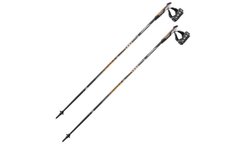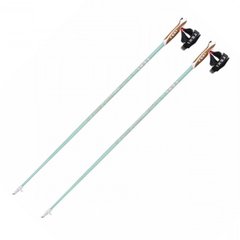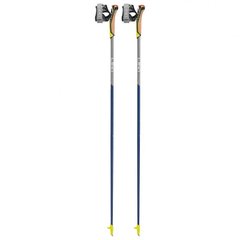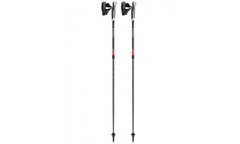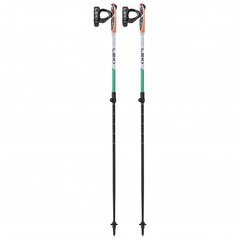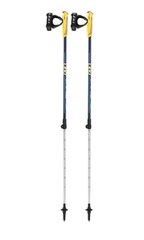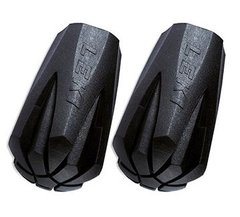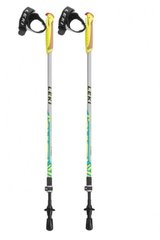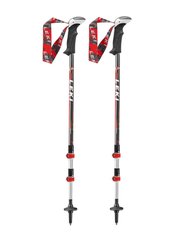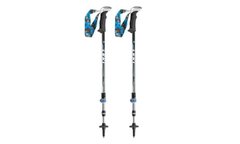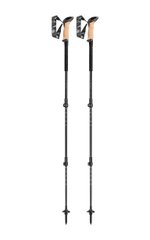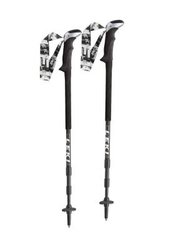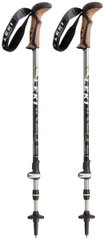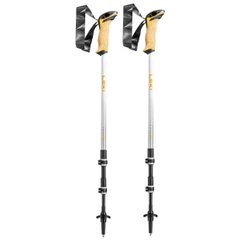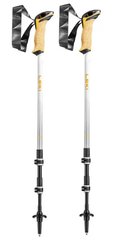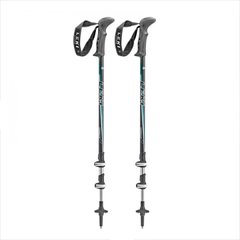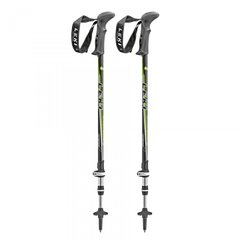|
Quantity
|
Out of stock
|
||
|
|
|||
MANUFACTURER
Leki
The story of the legendary Leki brand begins shortly after the end of the Second World War in the town of Dettingen unter Teck.
The founder of the company, Karl Lenhart, started small: he produced ergonomic handles for ski poles and interchangeable rings with Lekifix sleeves, which went into small-scale production in the early 60s, the Lekifix system became the brand's first patent.
At the same time, Lenhart started producing aluminium and fibreglass poles - the world's first fibreglass poles were made with Leki tubes.
The first ski poles bearing the Leki acronym were launched in 1970, followed three years later by the first cross-country ski poles.
The name of the company is an abbreviation of the name of the founder and his small homeland - Lenhart from Kirchheim.
1974 - the birth of the famous Leki Makalu model, when Klaus Lenhart and Reinhold Messner met and came up with the innovative idea of an adjustable trekking pole.
Four years later, Reinhold Messner became the first person to climb Mount Everest - without artificial oxygen, but with the Leki Makalu.
To create the first folding trekking poles, Makalu used three innovations in the 70s:
- The first was a screw mechanism for fixing the sections,
- the second - a plastic Flexspitze end with a seat for a replacement ring and a carbide tip,
- The third is the Antishock Absorber spring mechanism, which reduces the impact on the hand.
In 1985, a well-known model with a "correction zone" was introduced - a slight forward bend of the stick just below the handle, which allows you to avoid bending the wrist.
This was followed by Ergosoft handles, moulded from two types of plastic of different densities, which became the world standard in stick construction.In the early 90s, Cortec cork handles were introduced, and later cork was actively used in the production of poles for trekking and cross-country skiing.In 1998, the Leki Trigger System was introduced to the market, marking the beginning of a new stage in the company's development.The handle and glove became a symbiosis, and there is no longer a thimble on the handle - to throw the poles away during a fall, the skier does not need to take any additional actions, they are unfastened automatically during an impact, reducing the risk of injury!This innovation is actively used in the market segment of poles for Nordic walking and cross-country skiing.In 2000, production moved to Tachov (Czech Republic), and the Tachov factory is now considered the most modern and largest in the world in this field.In 2006, the Nordic Trigger Shark was further developed as a Trigger system.In 2007, this system was introduced to the ski pole segment in a slightly modified form as Alpin Trigger S.Athletes of many national biathlon, alpine and cross-country skiing teams use Leki products exclusively.It is enough to look at the protocol of almost any international competition and it is easy to see that most of the winners and prize-winners use poles of this particular brand. It is enough to look at the protocol of almost any international competition and it is easy to see that most of the winners and medallists use poles of this particular brand.
In 1985, a well-known model with a "correction zone" was introduced - a slight forward bend of the stick just below the handle, which allows you to avoid bending the wrist.
This was followed by Ergosoft handles, moulded from two types of plastic of different densities, which became the world standard in stick construction.In the early 90s, Cortec cork handles were introduced, and later cork was actively used in the production of poles for trekking and cross-country skiing.In 1998, the Leki Trigger System was introduced to the market, marking the beginning of a new stage in the company's development.The handle and glove became a symbiosis, and there is no longer a thimble on the handle - to throw the poles away during a fall, the skier does not need to take any additional actions, they are unfastened automatically during an impact, reducing the risk of injury!This innovation is actively used in the market segment of poles for Nordic walking and cross-country skiing.In 2000, production moved to Tachov (Czech Republic), and the Tachov factory is now considered the most modern and largest in the world in this field.In 2006, the Nordic Trigger Shark was further developed as a Trigger system.In 2007, this system was introduced to the ski pole segment in a slightly modified form as Alpin Trigger S.Athletes of many national biathlon, alpine and cross-country skiing teams use Leki products exclusively.It is enough to look at the protocol of almost any international competition and it is easy to see that most of the winners and prize-winners use poles of this particular brand. It is enough to look at the protocol of almost any international competition and it is easy to see that most of the winners and medallists use poles of this particular brand.
How to choose the right length of trekking poles?
The length of the trekking and Nordic walking poles depends on the person's height and physical fitness.
When training in a health group (beginners, beginners), the recommended length is 0.68 x height.
Fitness group (continuing, more intensive training) - add +5 cm to the stick length.
Sports group (powerful, intense workouts) - add +10 cm to the pole length.
Poles length: calculated using the formula "Human height" * 0.7 x 0.68
For example: you are 165 cm tall, the length of the poles in this case will be 115 cm (165 x 0.68≈115 cm).
The length of the stick is a regulator and a measure of the load received while walking - the longer the stick, the greater the load!
If you have poor training, you can and should experiment with the size of the stick - for example, reduce its length by 2-3-5 cm., perhaps with this length you will be more comfortable moving, as it is easier to handle a short stick, your hands get less tired, the stride length is shorter and the load is generally reduced.
As you build up your training, be sure to strive to return to the recommended stick length for your height.
Also, when choosing the size of a Nordic walking stick, you need to take into account the general physical condition of the person, their muscle tone, and the length of their arms and legs.






























